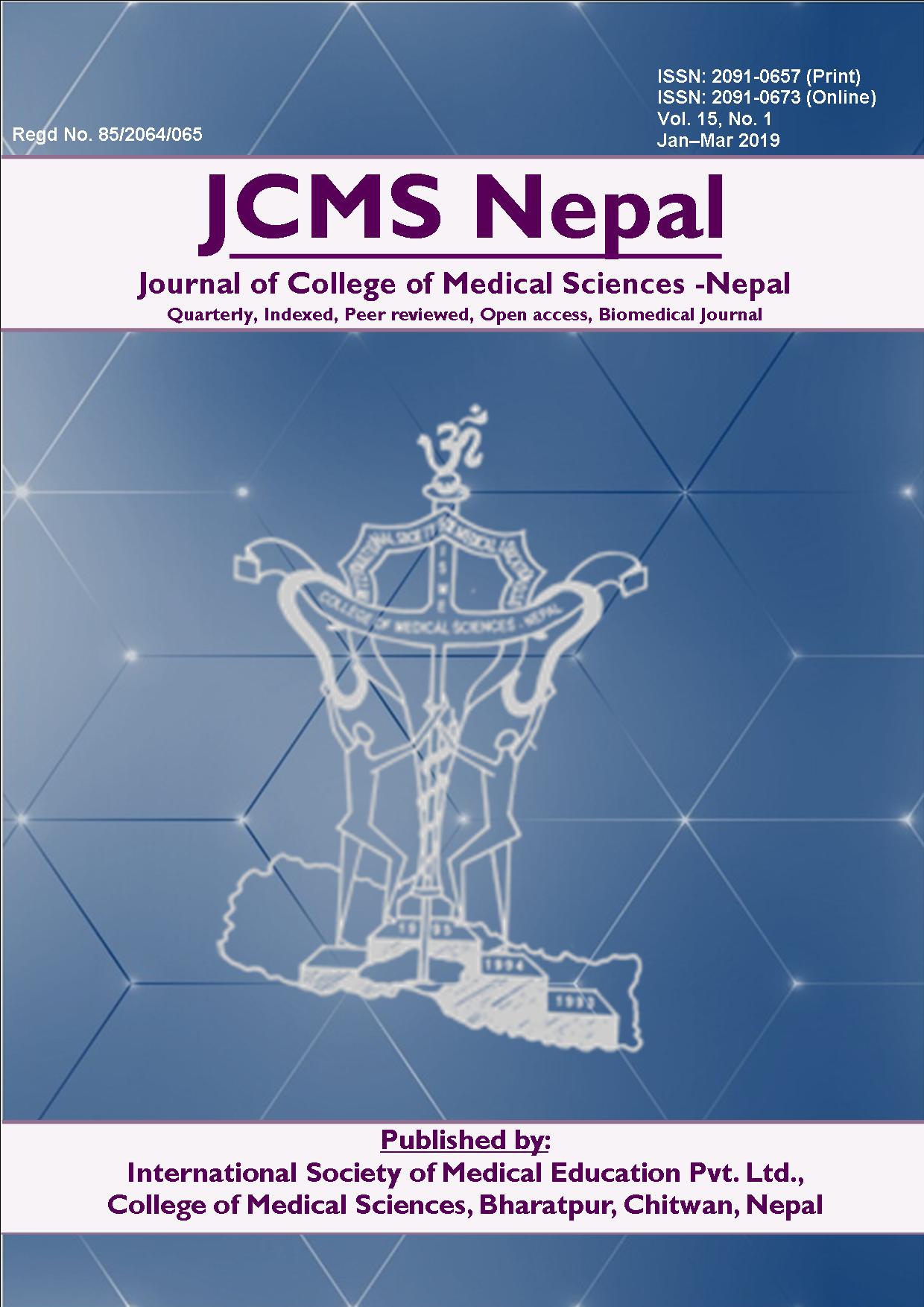Management of Traumatic Inflammatory External Root Resorption
DOI:
https://doi.org/10.3126/jcmsn.v15i1.22238Keywords:
double antibiotic past, external root resorption, mineral trioxide aggregateAbstract
Inflammatory external root resorption is one of the major complications after traumatic dental injury. It is characterized by the loss of mineralized dental tissue which may, ultimately, result in loss of the tooth. However, with appropriate treatment, prognosis for these teeth may be greatly improved, by preventing or arresting resorption. This is a case report of an 18-year-old male patient presented with root canal treated maxillary central incisors associated with pain; with history of trauma. Radiographic examination revealed periradicular lesion and associated pathologic resorption of the apical region of the root with respect to 11 and calcification of the root canal with inadequate obturation with respect to 21. After removal of the root canal filling, 11 was disinfected with intracanal double antibiotic paste. After 2 weeks, antibiotic dressing was removed, and apical third was sealed with mineral trioxide aggregate (MTA). Canal was obturated with custom-fit gutta-percha and accessory cones with AH plus sealer and restoration was done with composite resin. Retreatment was also done with respect to 21 and obturated with custom-fit gutta-percha. Both teeth were restored with E-max crown. No clinical symptoms were apparent, significant osseous healing of the periradicular region was observed with arrest of external root resorption with respect to 11 and no periapical changes were apparent with respect to 21 on subsequent follow-up.
Downloads
Downloads
Published
How to Cite
Issue
Section
License
This license enables reusers to copy and distribute the material in any medium or format in unadapted form only, for noncommercial purposes only, and only so long as attribution is given to the creator.




